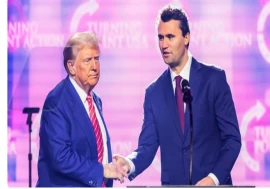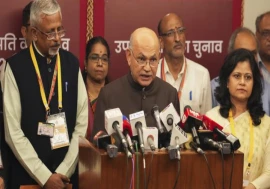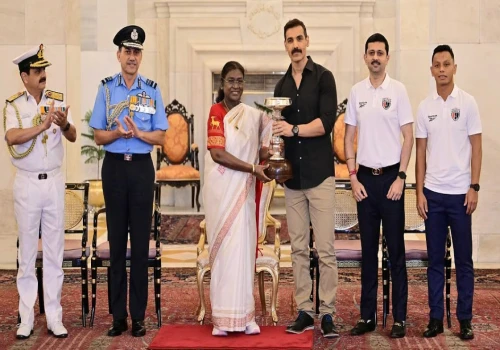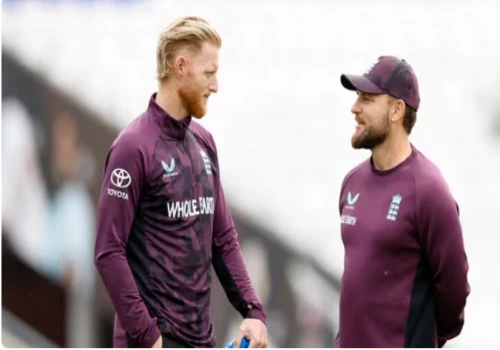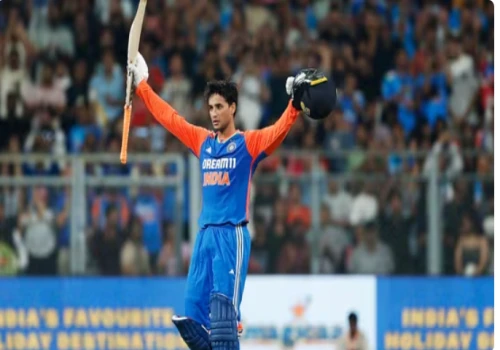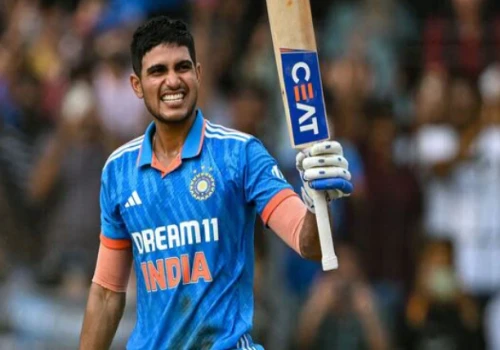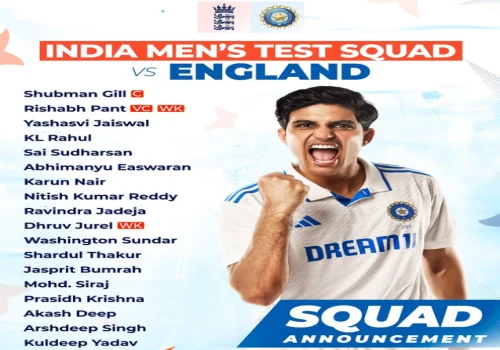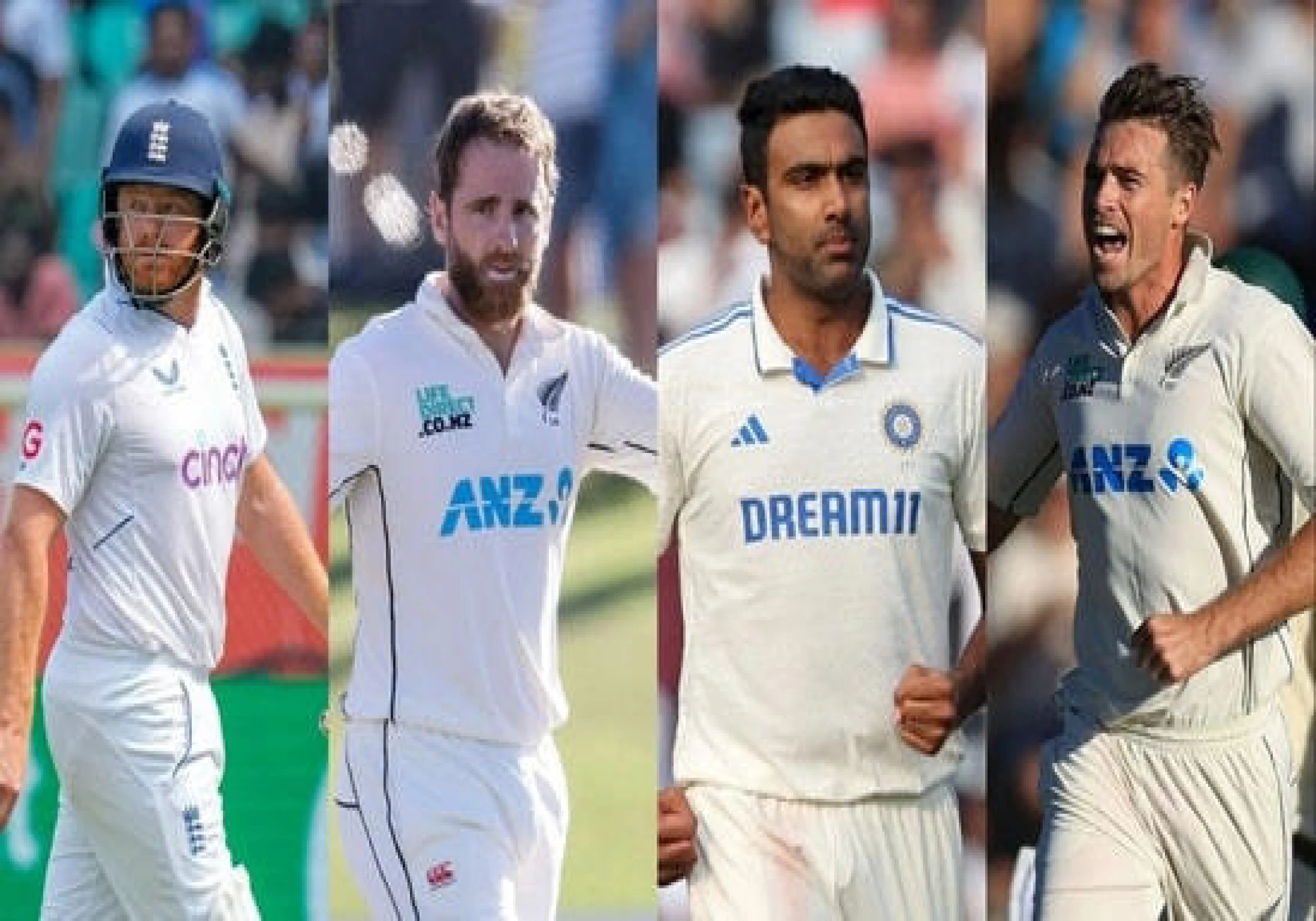
Vickashran Ashwin, Jonny Bairstow, Kane Williamson and Tim Southee are the four new members of the 80-Test club to join in two days' time. After starting his Test career in 2013, Ben Stokes came into his own in Rajkot last month. He started his career 18 months after Bairstow, two years after Ashwin, three years after Williamson and more than five years after Southee.
Fast bowlers are arguably the most unfairly treated in the game, so Southee's achievement of becoming the first pacer to play 100 Tests since Stuart Broad (in 2016) will forever be remembered as a testament to his endurance and courage. But there isn't much more reason to minimise the likelihood that few players - bowlers or batsmen, let alone a specialist all-rounder - will be motivated to achieve this feat in the future.
There were always exceptions. Similar to Brendon McCullum who played all 100 matches without missing a single one or Alastair Cook who played all 159 Test matches without a single miss during his debut series in 2006 - the longest streak in cricket history. Apart from playing 98 straight Tests, Adam Gilchrist has played 96, Rahul Dravid 93 and Mahela Jayawardene 93 Tests. These players were also exceptional batsmen who spent most of their careers in the 2000s, when bilateral cricket was at its best and even saw frequent trips between India and Pakistan.
From 2000 to 2009 alone, 29 cricketers reached the milestone of 100 Tests. However, since then the numbers have decreased significantly. There is no indication that the numbers will rise in the future, although there were 17 players in 2010 and 14 this decade (including these four). Current players who could do it are Australia's Mitchell Starc and Bangladesh's Musfiqur Rahim (both on 88 Tests), West Indies' Kraigg Brathwaite and Sri Lanka's Dimuth Karunaratne (both on 89 Tests).
The other players with the highest cap for other countries are Shakib Al Hasan of Bangladesh (66 Tests), Chris Woakes of England (48 Tests), Usman Khawaja of Australia (72 Tests), Ravindra Jadeja of India (71 Tests) and Tom Latham of New Zealand (79 Tests). The situation in Pakistan and South Africa is more uncertain; at the moment Kagiso Rabada (62 Tests) and Babar Azam (52 Tests) lead this column.
This widening experience gap is largely due to the growth of cricket. The distribution of cricket formats in the 2000s was fair as tri series and quadrangulars were common, the ICC continued to use only the ODI World Cup and the Champions Trophy was rarely used. Naturally, until the ICC decided to join the Twenty20 craze and host the inaugural World Cup in 2007. Nothing remained the same when the BCCI launched the IPL the following year. India, Australia and England emerged as the Big Three and cricket underwent a financial change at the right time.

